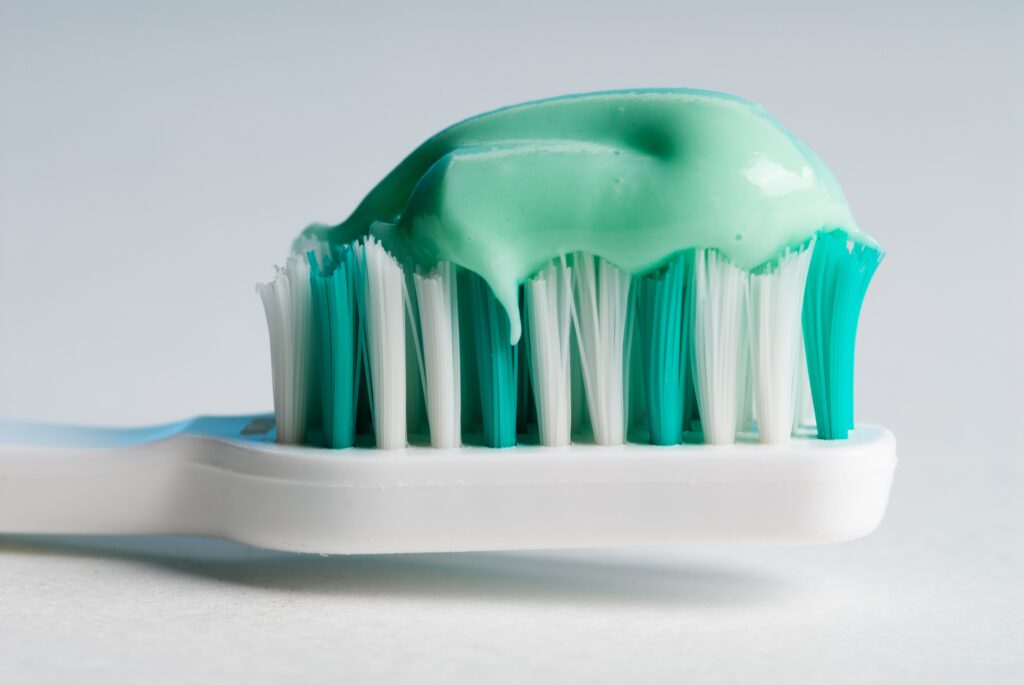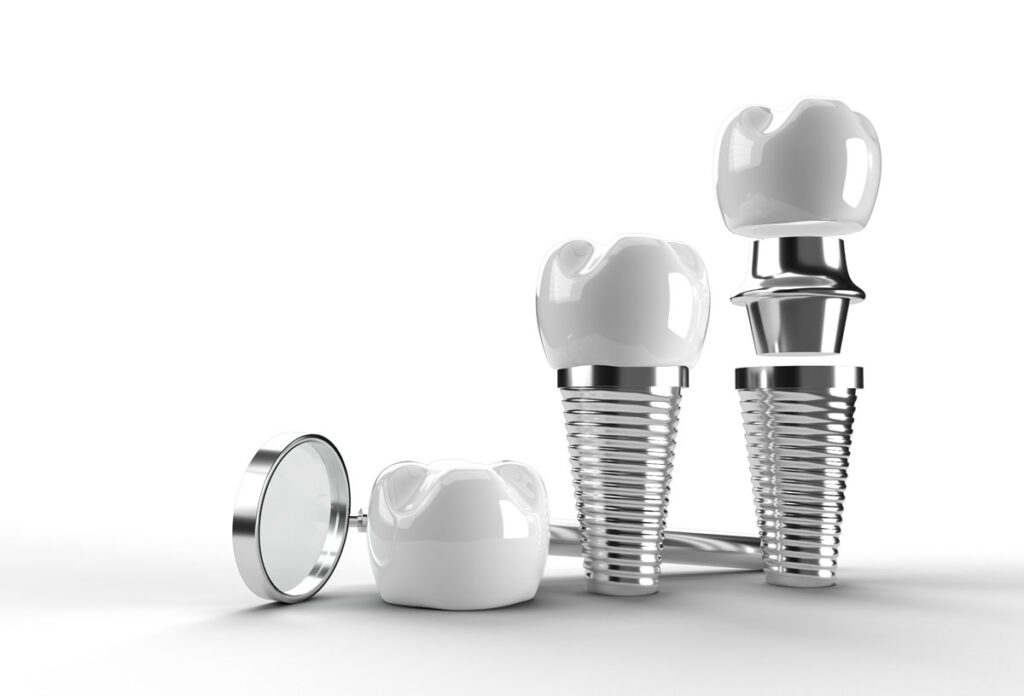Updated: 2/19/2020
Recovering from teeth removal can sometimes be more difficult than a patient expects. Modern dentistry has made the actual procedure efficient and relatively painless, but it doesn’t end there in the dentist’s office. These steps can help ensure that an extraction heals as quickly and painlessly as possible.
While You’re Still At the Dental Office
One of the biggest factors in quick healing is whether a blood clot forms in the gap where the tooth used to sit. The protective clot is a necessary part of recovering, and it may take anywhere from 10-30 minutes to form. If it doesn’t form, the recovery process will take a lot longer and be more painful than normal because the space will be exposed. Moving around before it has fully developed could cause the blood to flow rather than clot in the wounded area.
- Sit still for a while before leaving the dental office.
- Most dentists will give you some gauze to bite as well, and patients should ask for extra to use later that day at home. The pressure helps stop the flow and soaks up any excess blood.
When You Get Home
The blood clot will be delicate for the next several hours after it forms, so you should avoid sucking, spitting and any strenuous activity. Regardless of the clot, the wound will continue to bleed for several hours, so you will want to apply gentle pressure with gauze or a paper towel as necessary. If the blood shows up on the towel with small, dark clots, however, apply pressure for 45 minutes and see a dentist if it persists. If it hurts, ibuprofen can alleviate the pain from a simple extraction.
Surgical Extraction
Some cases, often when removing wisdom teeth, it requires more than a simple procedure. Oral surgery is more invasive than a simple extraction, so it requires a little more recovery time and effort. In addition to the above suggestions, oral surgery patients should keep their head elevated at night to prevent excess swelling. The wound reaches its swelling peak during the second day, so contact your dentist or oral surgeon if the inflamed tissue does not minimize after that. Ice packs can help reduce swelling during the first 2 days.
The tender area is especially susceptible to infection, so you can help keep it clean by brushing the teeth near the area to remove food particles and gargling with a warm, gentle salt water solution. Dentists recommend eating soft foods like apple sauce, broth and pudding as it begins to heal. Patients can transition slowly into more solid food as they feel comfortable.
Conclusion
- Sit still for at least 10 or more minutes before leaving the dental office
- Bite on gauze to soak up any excess blood
- Avoid sucking, spitting and any strenuous activity
- Take ibuprofen to alleviate pain
- Keep your head elevated at night to prevent extra swelling
- Use an ice pack to reduce swelling for first 2 days
- Keep area of mouth extra clean by brushing gently around it and gargling warm, gentle salt water
- Eat soft foods







I spoke to someone recently who said that Oral Gel just messes up the nerves. Is that right?
I would ask your dentist to double-check, but studies show that it’s perfectly safe to use sparingly. However, it may cause nerve damage if used too often.
Thanks for this info! My son had an injured tooth extracted last week and keeping gauze on an unhappy almost-3-year-old was not easy. But it seems to be healing nicely!
My lower first molar is very sensitive to hot and cold. From yesterday it started paining and now the swelling is also there. Should I go for Tooth extraction
n?